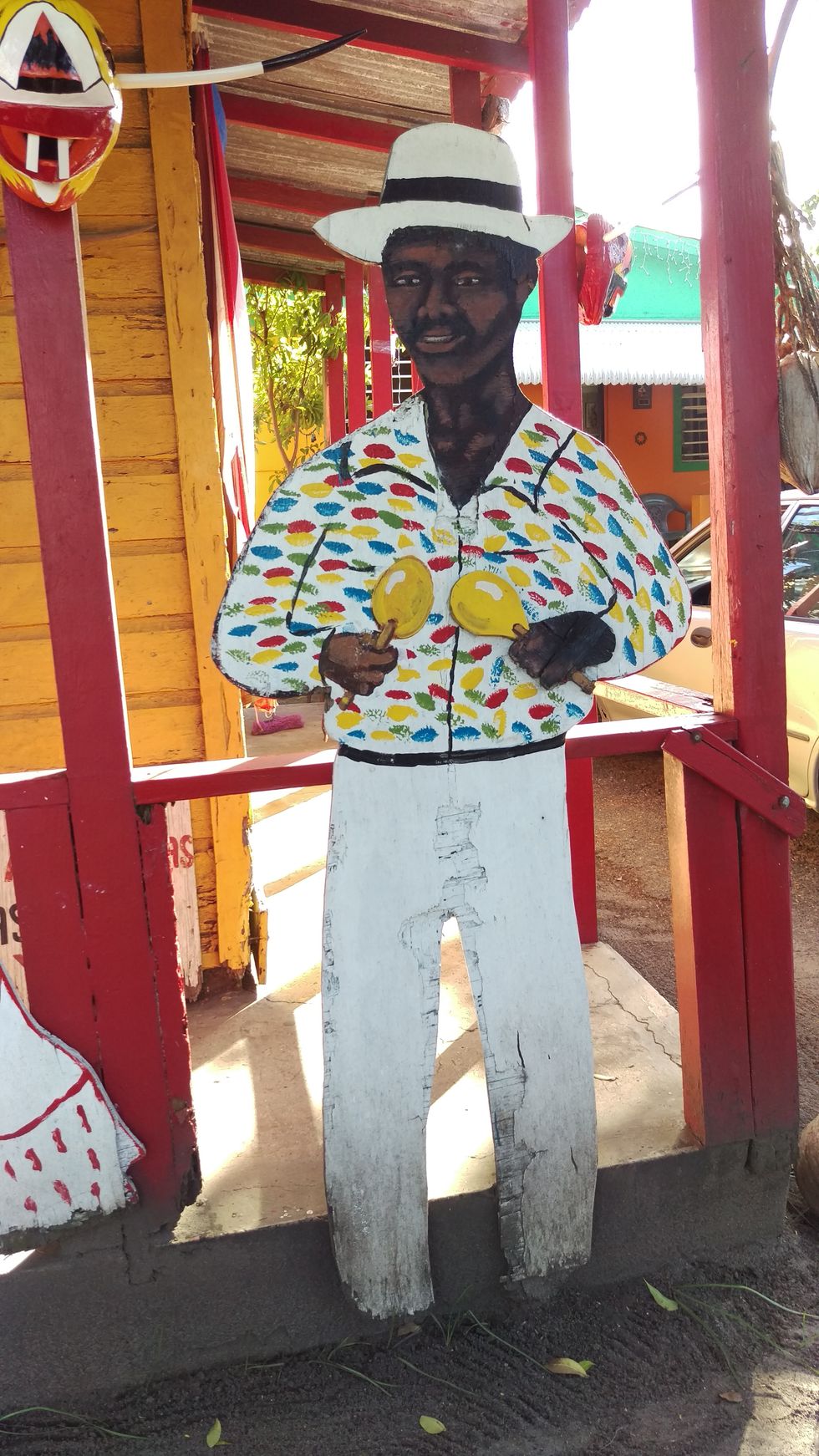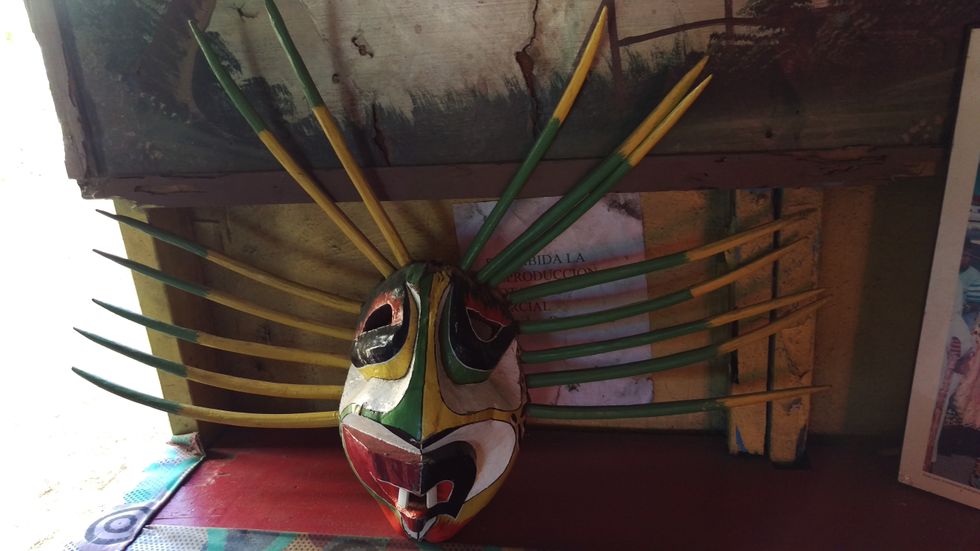The island of enchantment, Puerto Rico, is know for its many beaches, tropical weather, salsa music, and its festive people. One thing about Puerto Rico many may not know is the story of the "Vejigante". During the 17th century in Spain, the masks were used to scare people into going to church. But, when the tradition came to Puerto Rico, it took on a new light due to the African and Taino influences on the spanish culture. Vejigante masks are now mainly a celebration of the artists skills.
A vejigante is a traditional character seen during the Carnival celebration on the island. The annual festival lasts one week and the vejigante masks are used to represent evil. The Carnival celebration is especially popular in cities of Ponce and Loiza.
Vejigante masks, called caretas, are accompanied with a brightly colored costume which drapes the body of the wearer. The costume is made out of a jumper with extra fabric around the arms to simulate wings. These wings further convey the evilness of the vejigante.
Many caretas are made of coconuts, in which the cortex of the coconut has been removed allowing the artists to create human like faces. The eyes and mouth are carved out of the coconut, while bamboo is added to look like teeth.
In Loiza, many of the locals take part in the vejigante tradition. There is even a famous artist, Castor Ayala, who resides in the city. Loiza is arguably one of the only cities left with a strong connection to the vejigante tradition.
The vejigante character continues to have a cultural influence on many Puerto Ricans across the island as great pride is still taken in the creation of the intricate caretas. The vejigante will always thrive and have a special home on the island.





















